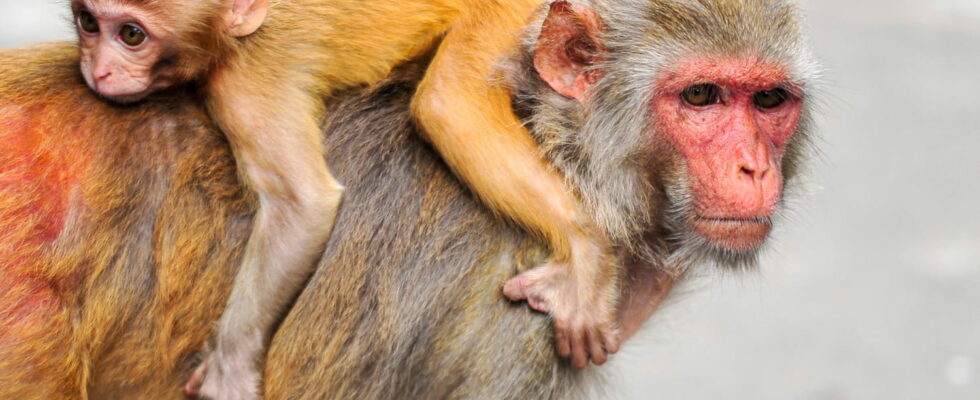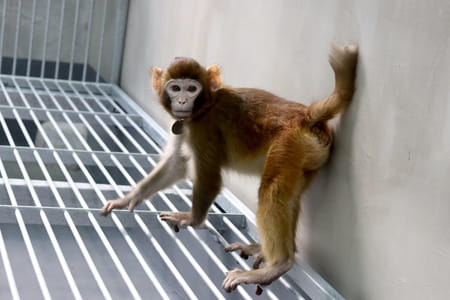The successful cloning of a monkey in the laboratory demonstrates that techniques are improving. It naturally opens the question of human cloning in the future.
Long associated with the field of science fiction, cloning became a reality in 1996 with the birth of the famous sheep Dolly, in Scotland. She only lived 6 years, but this first cloning in the world of a mammal was received as a significant victory, a glimmer of hope for saving endangered species and a door to other scientific advances.
Since Dolly, cloning techniques have been used to clone other animals, adapting to the reproductive specificities of species, notably cows, rodents, cats or even horses. If these feats were of purely scientific interest, the recent cloning of a species of monkey in China takes on a completely different importance. Indeed, this is the first primate whose cloning was a complete success with a completely viable animal. As a reminder, humans are also part of the primate family. An element that gives a whole new twist to the adventure.
In a study published on January 16, 2024 in the scientific journal Nature CommunicationsDirector of the Institute of Neuroscience at the Chinese Academy of Sciences in Shanghai, Qiang Sun, also the first author of the study, says the cloned rhesus monkey is named Retro and is now two years old. and, above all, that it is perfectly viable.
The first attempts at cloning primates were only a few years old and this experiment, twenty years after the cloning of Dolly, proved very delicate after several failures. Scientists achieved their goals by changing the composition of the placenta used for the development of cloned embryos. They noted the presence of anomalies in the placentas of cloned embryos and therefore replaced the cells of these placentas with those of non-cloned embryos. Which allowed the birth of Retro.
This success nevertheless raises important questions about the future of cloning. If science does not yet make it possible to clone humans, which would be ethically unacceptable for a majority of the scientific community, the question of its usefulness remains raised, with important medical perspectives. One of the first points of tension is the failure rate of these techniques: in the case of the birth of Retro, only 1 of the 113 embryos survived, as noted by Lluis Montoliu, of the Spanish National Center for Biotechnology, as observer of Chinese study. Given the fallible results, the number of failures that would be unbearable in the case of human life, the door to human cloning is today completely closed for scientists working on primates.

